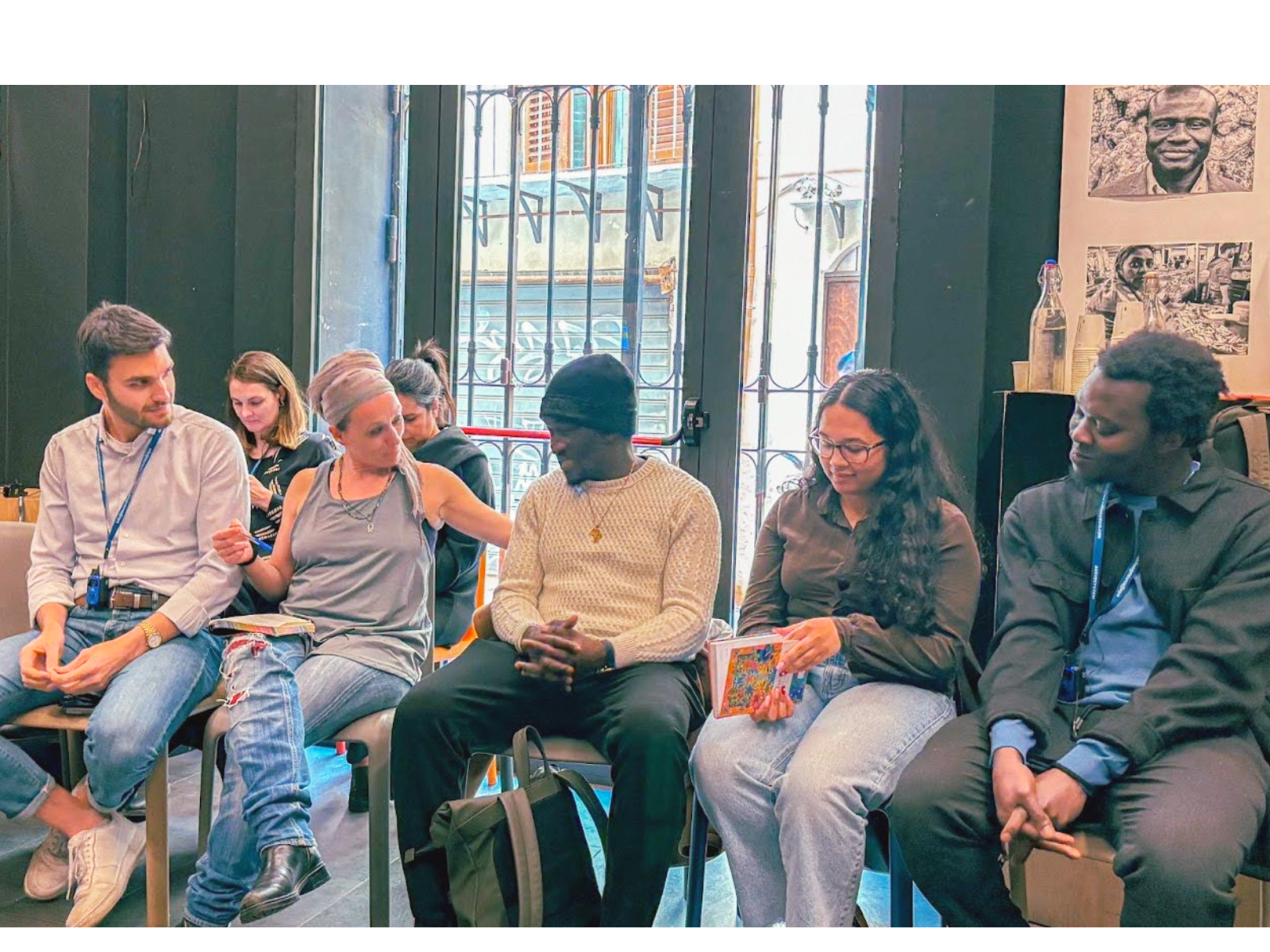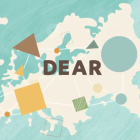Youth Activists meet in Palermo to Tackle Structural Racism
News details

Despite the European Union’s motto “united in diversity,” racial discrimination remains widespread across EU Member States. Studies by Eurobarometer (2023) and the Fundamental Rights Agency (FRA) show that the majority of people in Europe perceive widespread discrimination based on skin colour, ethnic origin, gender identity or sexual orientation; with one in five having experienced it themselves - in the past year.
Racism is not only present in daily interactions, but is also deeply embedded in institutions such as education, justice, and law enforcement sectors. This form of systemic inequality, known as ‘structural racism’, is acknowledged in the EU’s Anti-Racism Action Plan (2020–2025), which is due for renewal at the end of 2025.
Xenophobia as a Form of Structural Racism
In Palermo, Italy, students, activists, policymakers, and practitioners from across the Mediterranean jointly explored how xenophobia and racism intersect. The EU DEAR project TACKLE convened a workshop at the conference co-organised by Avocats Sans Frontières (ASF) and the University of Palermo in March 2025. Young anti-racist activists shared personal insights and proposed strategies to collectively address racism and xenophobia.
“Personal stories are a powerful tool for transformation: narrating lived experiences can help rehumanise racialised people and highlight systemic injustices. This is why I encourage second-generation youth to speak out in public, to actively participate in events and debates, and to occupy the public stage with pride."
- Muhammed Jammeh, Pact for Equality Advocate and Co-Founder of Stra Vox
Centering Youth and Racialised Voices
In the face of restrictive citizenship laws and rising extremist rhetoric, activists stressed the need to amplify racialised voices, especially those of young people, and to reshape dominant narratives around immigration, identity, and belonging, pushing for a more multicultural vision of Italian (and European) society.
Activists further emphasized the importance of mobilizing both migrant and non-migrant communities, building local and international coalitions of interest, and introducing anti-racist education early on. They also underlined the need to confront Europe’s colonial legacies through intercultural learning and a reform of school programs. Migration legal clinics - university-based legal aid centres - were praised as powerful anti-racist tools, offering law students hands-on experience while supporting migrants through legal advice and advocacy. Clinical legal education (CLE) not only equips students with practical skills but also promotes migrant rights in tangible ways.
Echoing the principle “nothing about us, without us,” activists also called for stronger migrant participation in public life, particularly through local advisory councils. For instance, the Foreigners’ Commission in Padua was cited as a model for how municipalities can fight structural racism by monitoring discriminatory practices such as racial profiling or barriers to access to social services for foreigners.
From Resistance to Reform
By rejecting passivity in the face of injustice, these youth activists reaffirm their role as agents of change. In today’s increasingly hostile climate, it is essential to uplift their efforts and support their vision for a more just, inclusive Europe.

Log in with your EU Login account to post or comment on the platform.